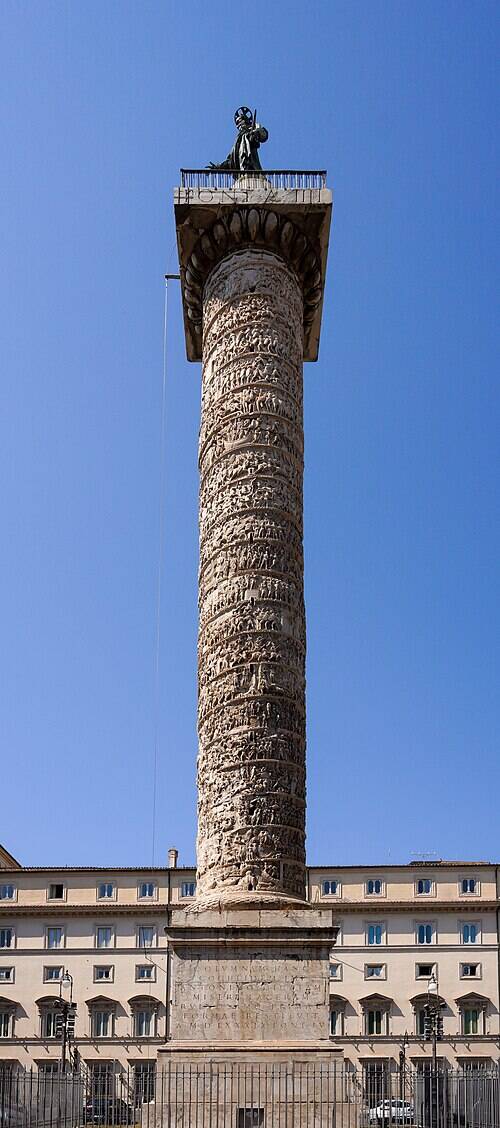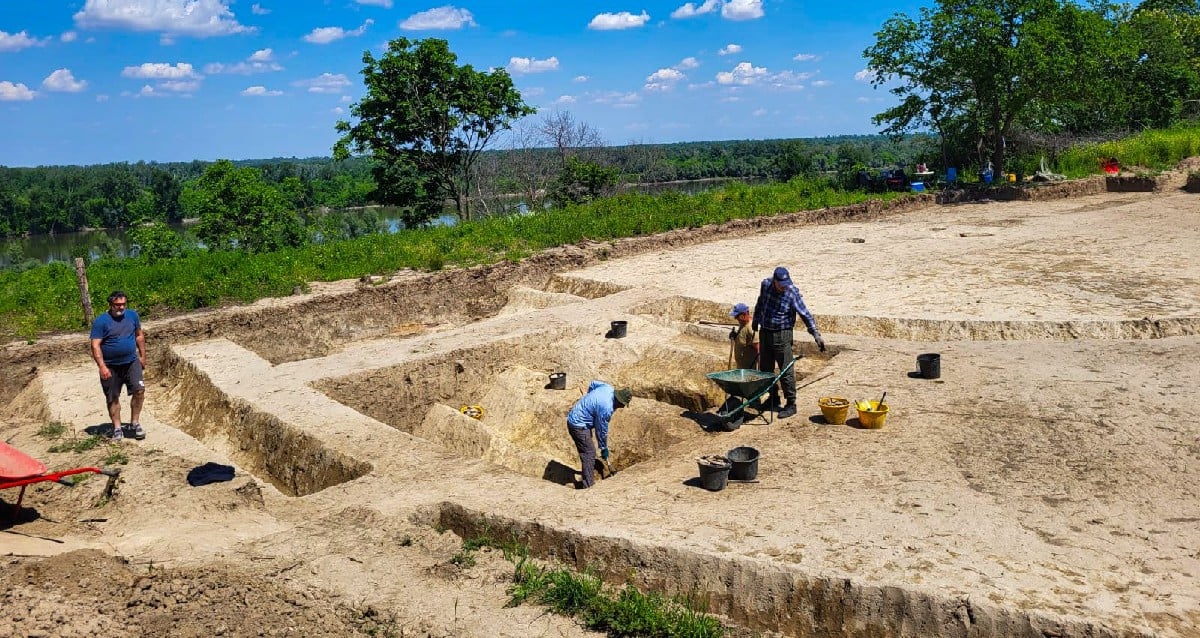Secrets of a 1,800-Year-Old Roman Watchtower Unearthed in Croatia—What Did It Hide?
In the region to the north of the empire, these tribes had begun to expand and clash with the Romans. In 166, the tribes pushed the Romans back all the way to Aquileia, a stronghold in northeastern Italy. The Romans responded with force and were able to turn the tide of the war by the 170s.
During the conflict, the Danube region was an especially important battlefield. The Romans sought to reinforce their frontier — the Danubian Limes — by increasing military spending. In Mohovo, the watchtower almost certainly played a role in the conflict, as it was strategically located along the river, within visual range of other watchtowers, and fortified against attack.

WikiRomaWiki/Wikimedia CommonsThe Column of Marcus Aurelius in Rome, which was erected to celebrate the Roman triumph in the Marcomannic Wars.
Though the Romans were triumphant during the conflict, their victory came at a cost. The Germanic tribes had shown that the Romans could be challenged militarily, and while the Romans tried to incorporate more diplomacy into their dealings with the tribes, they remained a threat.
Meanwhile, the Marcomannic Wars also marked the beginning of the end of the Pax Romana, an unprecedented period of peace and prosperity in Roman history that lasted from 27 B.C.E. until 180 C.E. Following the conflict, the Romans also had to manage outbursts of violence in territories like Britain.
But things didn’t stay quiet along the Danube when the conflict ended around 180 C.E. The threat that the Germanic tribes had posed during the Marcomannic Wars only increased as time went on, which led the Romans to continually update their line of watchtowers along the Limes. Archaeologists found that the fort in Mohovo underwent several stages of updates, and it was seemingly replaced in the fourth century.














Post Comment